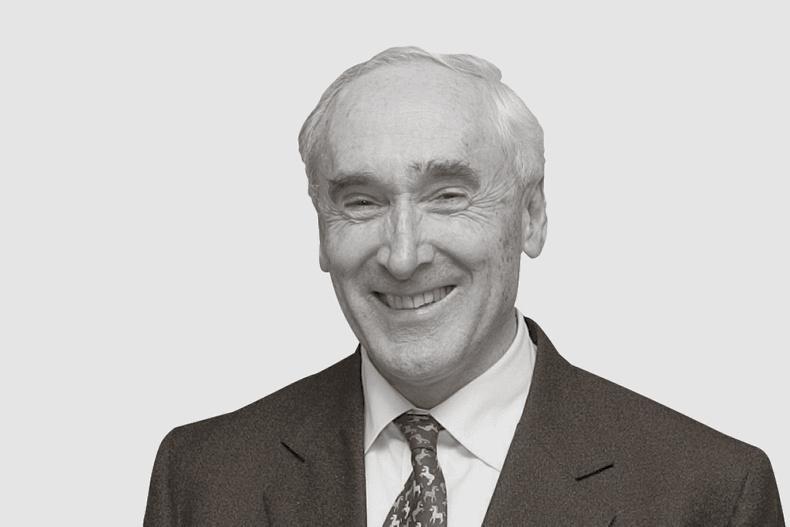Back in 2009, the board of the Irish Farmers Journal backed a proposal that, with the certain abolition of milk quotas, it should establish a commercial dairy farm to produce manufacturing milk to the highest standards of efficiency and transparency.
A 300ac tillage farm was leased from a Kilkenny farming family and the family and Glanbia joined us in the project.
Teagasc came on board as management consultants. €800,000 was borrowed and a 15-year legal lease was established.
Jack Kennedy has covered the developments, both good and not so good, over the last eight years.
Chilling clarity
This year demonstrates with chilling clarity what is needed for real resilience in Irish farming – free land, “free labour” and low debt.
The projected €150,000 cash loss includes an interest payment of approximately €20,000 but more to the point it includes a capital repayment of around €60,000 which would not be counted as a loss in accountancy terms but it is still money that has to be found within the business.
The core reason of course for the financial crunch this year on the Kilkenny Greenfield farm is the collapse in grass growth during both the late spring and the summer drought. The dependence on grass, especially grazed grass, and mainly family labour as well as the higher-than-normal European proportion of owned land in the Irish dairy farming system, has been well dealt with in the key competitiveness studies carried out by the economic unit in Teagasc. The main advantage of the grass-based system they have repeatedly pointed out is the reduction in the cost of purchased feedstuffs. If this essential element of the system fails then the consequences are clear.
Read more
Greenfield digs into cash reserves
Greenfield: growing feed is a priority
Back in 2009, the board of the Irish Farmers Journal backed a proposal that, with the certain abolition of milk quotas, it should establish a commercial dairy farm to produce manufacturing milk to the highest standards of efficiency and transparency.
A 300ac tillage farm was leased from a Kilkenny farming family and the family and Glanbia joined us in the project.
Teagasc came on board as management consultants. €800,000 was borrowed and a 15-year legal lease was established.
Jack Kennedy has covered the developments, both good and not so good, over the last eight years.
Chilling clarity
This year demonstrates with chilling clarity what is needed for real resilience in Irish farming – free land, “free labour” and low debt.
The projected €150,000 cash loss includes an interest payment of approximately €20,000 but more to the point it includes a capital repayment of around €60,000 which would not be counted as a loss in accountancy terms but it is still money that has to be found within the business.
The core reason of course for the financial crunch this year on the Kilkenny Greenfield farm is the collapse in grass growth during both the late spring and the summer drought. The dependence on grass, especially grazed grass, and mainly family labour as well as the higher-than-normal European proportion of owned land in the Irish dairy farming system, has been well dealt with in the key competitiveness studies carried out by the economic unit in Teagasc. The main advantage of the grass-based system they have repeatedly pointed out is the reduction in the cost of purchased feedstuffs. If this essential element of the system fails then the consequences are clear.
Read more
Greenfield digs into cash reserves
Greenfield: growing feed is a priority






 This is a subscriber-only article
This is a subscriber-only article










SHARING OPTIONS: